Water Testing
What do we test?
Heavy Metal, Microbiology and Special Tests (PH level, Alkaliny, Chloride, Fluoride, Sulfate, Nitrate & Nitrite)

Aluminum
Aliminum
Acceptable Limits <=2900ug/L
Aluminum poisoning can affect the blood, musculoskeletal system, kidneys, liver, respiratory system, and nervous system.

Antimony
Antimony
Acceptable Limits <=6ug/L
It can damage the skin and eyes. Can also cause problems with the lung, heart, and stomach
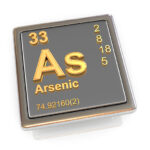
Arsenic
Arsenic
Acceptable Limits <=10ug/L
According to WHO, long-term exposure to arsenic in water and food can cause cancer and skin lesions. Additionally, it has been linked to cardiovascular disease and diabetes. Exposure in utero and early childhood has been linked to negative impacts on cognitive development
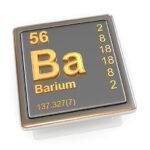
Barium
Barium
Acceptable Limits <=2000ug/L
The effects of short-term exposure include vomiting, abdominal cramps, diarrhea, difficulties breathing, increased or decreased blood pressure, numbness around the face, and muscle weakness. High blood pressure, paralysis, and possibly death can be caused by large amounts of barium intake
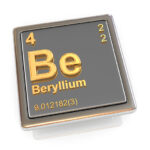
Beryllium
Beryllium
Acceptable Limits <=4ug/L
This is one of the most toxic chemicals we know. As a result of its toxicity, it can damage the lungs and cause pneumonia when breathed in by humans

Boron
Boron
Acceptable Limits <=5000ug/L
If exposed to large amounts of boron over a short period of time, the stomach, intestines, liver, kidney, and brain can suffer serious health effects.

Cadmium
Cadmium
Acceptable Limits <=7ug/L
Cadmium is a toxic metal that is long-term absorbed through air, water, soil, and food. It is toxic to the skeletal, urinary, reproductive, cardiovascular, central and peripheral nervous systems, and respiratory systems.
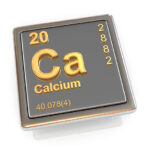
Calcium
Calcium
Acceptable Limits <=10ug/L
A high calcium level in the blood can weaken your bones, cause kidney stones, and affect the function of your heart and brain.
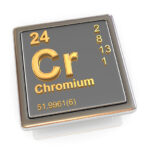
Chromium
Chromium
Acceptable Limits <=50ug/L
According to WHO, long-term exposure to arsenic in water and food can cause cancer and skin lesions. Additionally, it has been linked to cardiovascular disease and diabetes. Exposure in utero and early childhood has been linked to negative impacts on cognitive development
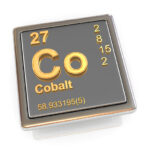
Cobalt
Cobalt
Acceptable Limits <=1000ug/L
It can cause damage to the eyes, skin, heart, and lungs. There is also the possibility of cancer.

Copper
Copper
Acceptable Limits <=1000ug/L
It can cause stomach irritation, intestinal damage, and anemia, as well as damage to the liver and kidneys
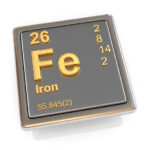
Iron
Iron
Acceptable Limits <=300ug/L
NIH reports that iron poisoning is one of the most common toxic ingestions. Among children, it is also one of the most deadly.
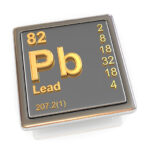
Lead
Lead
Acceptable Limits <=5ug/L
An acute exposure can cause loss of appetite, headaches, hypertension, abdominal pain, kidney dysfunction, fatigue, sleeplessness, arthritis, hallucinations, and vertigo.

Magnesium
Magnesium
Acceptable Limits <=150ug/L
Symptoms of high magnesium levels include diarrhea, nausea, vomiting, lethargy, muscle weakness, low blood pressure, urine retention, and respiratory distress.
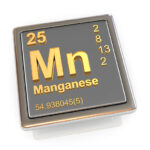
Manganese
Manganese
Acceptable Limits <=20ug/L
It is possible for manganese toxicity to cause a permanent neurological disorder called manganism, which is characterized by tremors, difficulty walking, and facial muscle spasms. Hallucinations, irritability, and aggressiveness usually precede these symptoms
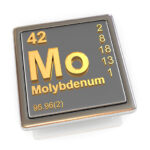
Molybdenum
Molybdenum
Acceptable Limits <=10ug/L
Molybdenum exposure can cause headaches, fatigue, loss of appetite, and muscle and joint pain. As a result of repeated exposure, the body may produce more Uric Acid, which can lead to gout. The liver and kidneys may be damaged by molybdenum too.

Nickel
Nickel
Acceptable Limits <=20ug/L
It can cause headaches, gastrointestinal symptoms, respiratory symptoms, lung fibrosis, cardiovascular diseases, lung cancer, nasal cancer, and epigenetic changes.

Potassium
Potassium
Acceptable Limits - No data
Symptoms include muscle weakness, slowed heart rate, severe stomach pain, and abnormal heart rhythms.

Selenium
Selenium
Acceptable Limits <=50ug/L
A high Selenium level can result in hair and nail loss or brittleness, nausea, diarrhea, skin rashes, mottled teeth, fatigue, irritability, and abnormalities of the nervous system.

Silver
Silver
Acceptable Limits - <=100ug/L
As well as argyria and argyrosis, there may also be damage to the liver and kidneys, irritation of the eyes, skin, respiratory tract, and intestinal tract, as well as changes to the blood cells.
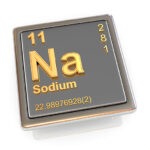
Sodium
Sodium
Acceptable Limits - <=200ug/L
A high sodium intake can cause thirst, very little urination, vomiting, diarrhea, confusion, and diarrhoea.
Seizures and muscle twitching.

Strontium
Strontium
Acceptable Limits - <=7000ug/L
There is a strong similarity between strontium and calcium, and it is capable of replacing calcium in bones. Consequently, normal bone structure is disrupted, resulting in skeletal problems and defects. Additionally, it may increase the risk of heart attacks and blood clots
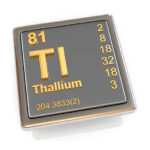
Thallium
Thallium
Acceptable Limits - <=2ug/L
It is considered one of the most toxic substances. Dermatological and gastrointestinal diseases, nervous system disorders, and even death may result from it
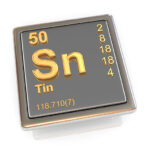
Tin
Tin
Acceptable Limits - <=120ug/L
It can cause stomachaches, anemia, and liver and kidney damage

Titanium
Titanium
Acceptable Limits - <=100ug/L
In addition to causing lung diseases such as pleural disease, titanium can also cause chest pain, breathing difficulties, coughing, skin irritation, and eye irritation.
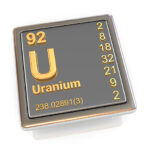
Uranium
Uranium
Acceptable Limits - <=20ug/L
Uranium is a toxic heavy metal that is very harmful to humans. A number of major body organs are damaged and disrupted by uranium, including the kidneys, brain, liver, thyroid, and heart. Apart from being toxic, uranium is also radioactive, so it can cause radioactive poisoning

Vanadium
Vanadium
Acceptable Limits - <=50ug/L
A high level may damage the liver or kidneys. Furthermore, studies have linked high blood vanadium levels with breast cancer risk
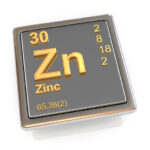
Zinc
Zinc
Acceptable Limits - <=5000ug/L
There is a possibility that it will cause nausea, dizziness, headaches, upset stomach, vomiting, and loss of appetite.
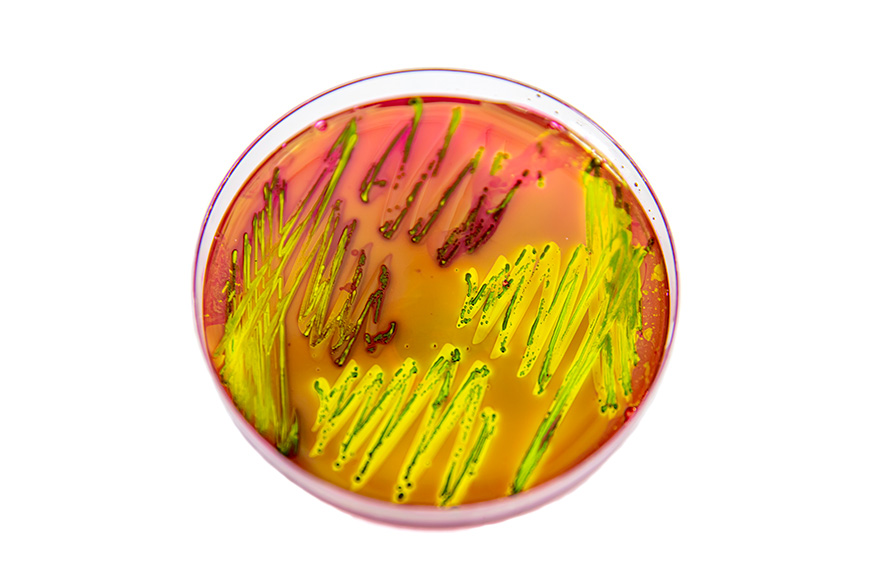
Coliforms
Coliforms
Acceptable Limits - Absent
In the presence of Coliforms, your water supply may have been contaminated by harmful microorganisms or may indicate bacterial growth.
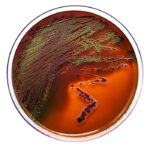
E.Coli
E.Coli
Acceptable Limits - Absent
If E.coli is detected in water, it indicates recent contamination with feces and may indicate the presence of disease-causing pathogens, such as bacteria, viruses, and parasites.
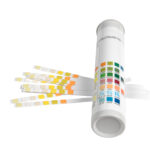
PH
PH
Acceptable Limits 7-10.5unit(s)
High pH water can cause dry, itchy skin or an upset stomach. Low pH water can damage the kidneys.
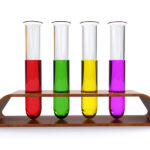
Alkalinity
Alkalinity as CaCO3
Acceptable Limits - Reference
There is a possibility that alkaline water increases the risk of kidney stones developing.
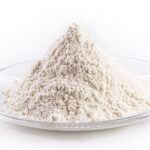
Chloride
Chloride
Acceptable Limits <=250mg/L
Chlorine can cause stomachaches, vomiting, diarrhea, and dry, itchy skin, as well as vomiting and diarrhea.
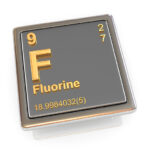
Fluoride
Fluoride
Acceptable Limits <=1.5mg/L
Fluoride ions in drinking water can cause dental fluorosis, skeletal fluorosis, arthritis, bone damage, osteoporosis, muscular damage, fatigue, joint-related problems, and chronic diseases.

Sulfate
Sulfate
Acceptable Limits <=500mg/L
Water containing high levels of sulfates can cause intestinal pain, cramping, intestinal bloating, lung irritation, dry skin, dermatitis, and edema.
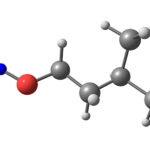
Nitrate & Nitrite
Nitrate & Nitrite
Acceptable Limits <=10mg/L
Drinking water with high nitrate levels has also been linked to increased heart rate, nausea, headaches, and abdominal cramps, according to the Minnesota Department of Health.
Would you like more information?
What is the procedure for performing the test?
You will be contacted by a representative from our company to schedule a time that is convenient for you. During the test, your water will be sampled and sent to a licensed laboratory for analysis. You will receive the test results via email.
Is there a detailed report regarding the results of the test?
Yes, definitely! In the event that there is a problem with the test results, a representative on our behalf will recommend a relevant solution.
